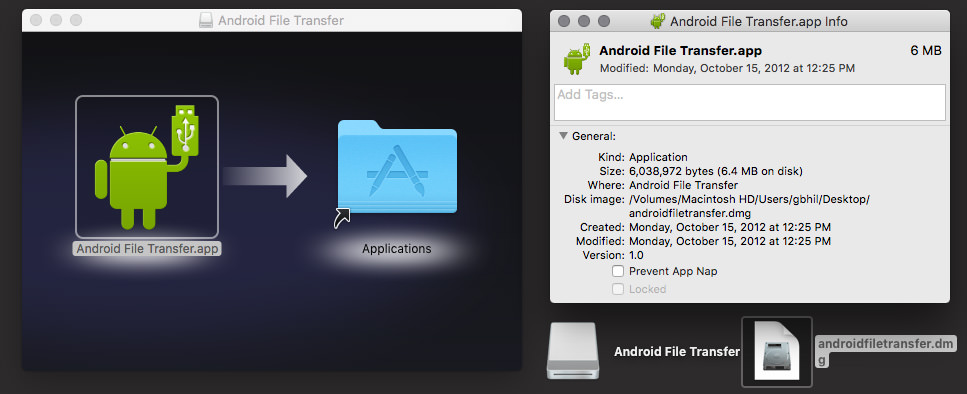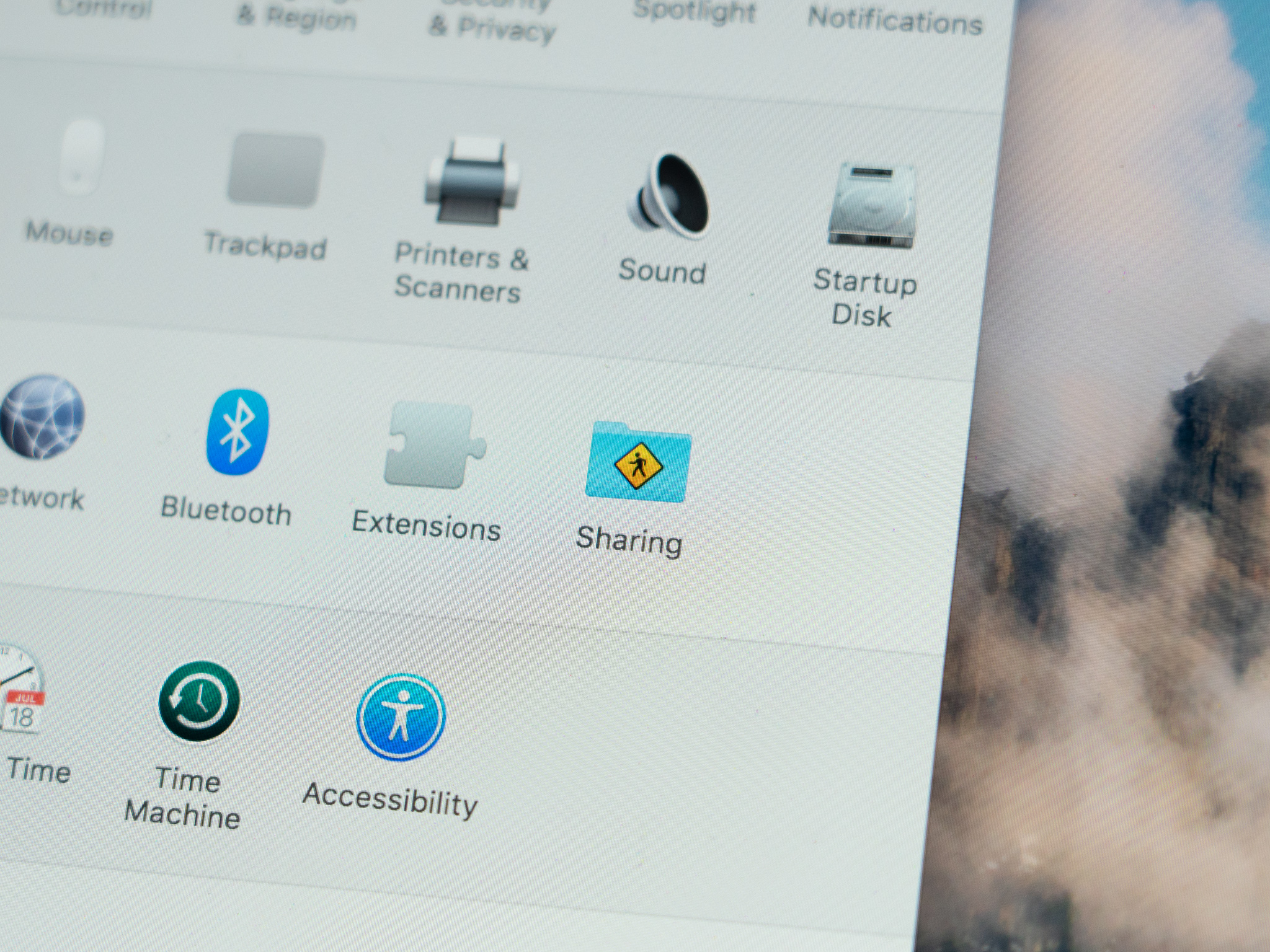We are living in a world where everything is becoming wireless with Megabit and Gigabit speeds. These days even Power is transferred to a Smartphone wirelessly via Qi charging. There are some things which are wireless but their speed is pathetically slow to be of much use these days. The technology in particular is Bluetooth. Bluetooth has a theoretical bandwidth of 3 Mbps which is insufficient for our Media Transfer requirements. These days the image files being generated by the 10+ Megapixel camera is easily above an MB and the recording of a 1 minute HD/Full HD video easily goes above 100 MB. In order to transfer these large files to a laptop would take an hour over Bluetooth. The question here is 'Can we not transfer these files via the USB cable?'. Yes we can but it kills me to do that because when everything has become so seamless, so why can't we transfer files seamlessly?
Is there any Faster Alternative to Bluetooth?
Since we are limiting ourselves to Wireless, the best and the most common wireless technology for us is the WiFi. We find Wifi everywhere, at home, in office, in coffee shops, etc and they give a good speed but Wifi is meant for Internet access, accessing Media content at home, file sharing, etc. which might not be optimum and speedy enough for the speeds we desire. There are few limitations to Wifi as noted below
Samsung Android File Transfer Mac
Perhaps the most efficient method, especially for Android nerds like us, is a. Transferring files using the above-mentioned method requires setup and access every time you would want to transfer the data. But what if, there's a way to wirelessly view and transfer all the mobile content on PC just like a Windows drive. Transfer Files between Windows and Mac with Cloud Drives. The best and free solution to transfer files as is to use a Cloud service. If you are not tech-savvy, rather than going through the network setup, these cloud apps are easy to use. MacDroid is a compact Android file transfer application that works great on OS X Yosemite and later versions of Mac OS including Big Sur. While being small, this tool has all the power you need for a smooth and glitch-free file transfer between your computer and device. Transfer Android Files to Mac via Bluetooth First, you'll turn on Bluetooth on both devices. On the Mac, go to System Preferences Bluetooth and make sure it shows 'Bluetooth: On.' If not, click.
- Since Wireless is a half duplex medium, an increase in the number of users will result in the decrease of speed for all users since all users will contend for the same medium.
- The strength of a Wireless signal decreases as the distance from the Access Point increases and hence the Transfer rate decreases. There are also other reasons such as black holes where there is no signal.
- There are occasions where there are no Access Points and hence files cannot be transferred at all.
Is there any better replacement to Bluetooth?
A new wireless standard has come which can take the place of Bluetooth while providing high transfer rates. This technology is called Wifi Direct and it has theoretical transfer rate of 250 Mbps. What this basically does is create a wireless network the 2 devices for file transfer. This utilizes full transfer capabilities of Wifi as well as alleviating all issues pertaining to Infrastructure Mode Wifi. The problem here is that this technology is still in its infant stage and only has matured in the Smartphone realm. If you want to transfer large files between Smartphones, you can do it fast via Wifi Direct but this is not generally what we want. We want to transfer our Media content from Smartphones to our Laptops. Since we don't have Wifi Direct capability on a Macbook, we can emulate it using other means. Note also that with new OS X versions, a protocol called Air Drop has been implemented which is much similar to Wifi Direct but proprietary. This restricts Files Transfer between Macbook to Android.

Simulating Wifi Direct
We will make the Mac as a Wifi Direct Server while the Android Smartphone will be a client. Once the connectivity will be established, we can transfer the files via ES File explorer using Windows File Sharing.
Requirements
- Macbook
- Android Smartphone
- ES File Explorer
Macbook as a Wifi Direct Server

Simulating Wifi Direct
We will make the Mac as a Wifi Direct Server while the Android Smartphone will be a client. Once the connectivity will be established, we can transfer the files via ES File explorer using Windows File Sharing.
Requirements
- Macbook
- Android Smartphone
- ES File Explorer
Macbook as a Wifi Direct Server
Although there is no concept of Wifi Direct Server but I am calling it so because the Mac will act like an Access Point. Basically what we are doing is enabling Internet Sharing on Mac. We start by going to Apple>System Preferences>Internet&Wireless>Sharing. Here you have to select the option of Internet Sharing (Do not check it as of now). When you select it, you can see the Network interfaces of your Mac on the right. From here, select any Network interface from 'Share your connection from' except Airport. Since we are not interested in actually sharing the Internet, you can select Bluetooth, Unconnected Ethernet, etc. In the 'To Computers using', check the Airport interface. Now that we have selected the input and output interface, we can click on the check mark for 'Internet Sharing'. Now 'Start' to start the new connection. Your Mac is ready to host a Wifi connection. If you are interested in naming the Access point, keeping a password, etc, you can do so in the options while setting up the Wifi.
Android Smartphone as a Wifi Direct Client
You should see an Access Point by the name of your Macbook. Join it and you are now connected to the Macbook Directly without the presence of a Wireless Router.
Transferring Files between Mac and Smartphone
Settings on Macbook Microsoft mac office support. Transfer photos from mac to samsung s10.
There are some steps we need to take before we are ready to transfer the files. Since we will be using Windows File Sharing, we need to enable it if it already isn't. We need to join a Workgroup. All computers by default are part of the 'Workgroup' work group. Go to Apple>System Preferences>Network>Advanced. Here in the WINS tab, set the work group to 'workgroup'. In order to transfer files to the Mac, there has to be some folder which is shared. Share the folder you want to copy files to. You can do this by right clicking the Folder and clicking 'Get Info'. Expand the 'Sharing & Permissions' and you should see the user list. Change to read and write according to your requirement. Now we need to enable File Sharing. For this, go to Apple>System Preferences>Sharing>File Sharing and change the 'options'. Check Mark 'Share files and folders using SMB'. Below that check the user for which you want to enable Sharing.
Click on 'Done' and you will also see the folder you have shared and the rights for the folders. Check on 'File Sharing' and you are done with the Macbook settings.
Note: Remember that the unlock icon is shown while doing all the settings or the settings will not be saved when you exit.
Settings on Android Smartphone
Go to the Google Play Store and install ES 3 File Explorer. There is no need to install this if you already have a file browser on your phone which supports Network File Sharing.
File Transfer
Once you have the File browser installed, go to LAN and click on search. This will search for all Network Shares and should show the folder you have shared on your Macbook.
Copy the file from your Macbook and paste it in your Android or browse to the file you want to transfer to your Macbook and copy it and then browse to your Shared Folder and paste it.
Transfer Files To Phone Wirelessly
I hope my post has been helpful in your life but the only guide which can help you in the hereafter is the Qur'an. You can download the English translation of the Qur'an here.
